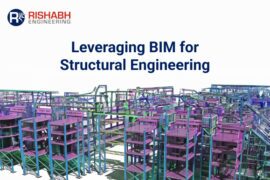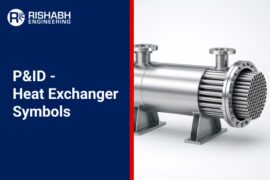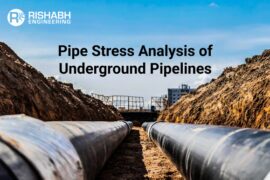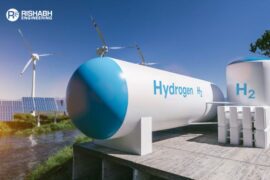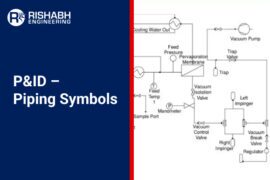In this article, we’ll examine the use of Building Information Modeling (BIM) in structural engineering, including its definition, significance, and impact on project results. In addition to discussing the main advantages of BIM, including improved design accuracy, improved teamwork, and expedited workflows, we will also discuss why it has become indispensable for structural engineering consultants. And, through use cases we will demonstrate the importance of BIM for structural engineering projects.
P&ID Heat Exchanger Symbols & Their Applications
In this blog, we’ll discuss the heat exchanger P&ID symbols that are commonly used in engineering designs. And it is essential to comprehend them to build and maintain processes precisely because each of these symbols represent a type of link, device, or function. Further, it helps the professionals decode and apply them effectively in project design and documentation.
Underground Pipeline Stress Analysis for Effective Design
In this article we will discuss the importance of underground pipeline stress analysis, its methodologies, key considerations, and the role of multidisciplinary engineering in ensuring the robustness of pipeline systems.
Green Hydrogen Production & Future of Sustainable Energy
As the world accelerates toward net-zero emissions, green hydrogen is taking center stage as a clean, flexible, and scalable energy carrier. Once considered niche, it has now become a core part of global decarbonization strategies across sectors and geographies. This blog will explore the current state of green hydrogen production, its benefits, process, key advancements, and Rishabh Engineering’s strides to harness its potential to revolutionize the energy landscape and address climate change challenges.
Process Engineering in the Oil and Gas Industry
In this blog, we’ll explore how process engineering applies for industrial operations across the oil and gas industry. You’ll also get a sense of the day-to-day work — everything from system design and equipment selection to troubleshooting and performance optimization. We’ll examine how process engineers must collaborate with other disciplines—piping, electrical, and instrumentation—to execute successful projects.
Piping P&ID Symbols and Their Applications
In this blog, we’ll discuss the piping symbols that are commonly used in P&ID designs. Since each of these symbols is supposed to represent a certain type of link, device, or function, it is essential to comprehend them to build and maintain processes precisely.
Harnessing Aspen EDR for Heat Exchanger Design
This blog examines how Rishabh Engineering team utilizes Aspen EDR for heat exchanger design, with key features & functionalities, and real world case studies where it has improved industrial operations.
Industrial Equipment Design: Key Considerations & Best Practices
In this article, we will discuss the specifics of equipment design, their types, industrial equipment design considerations, process, along with role of multidiscipline design engineering, designing best practices along with roles and responsibilities.
Enhancing Accuracy In Pre-Bid Estimation With Multidisciplinary Engineering
In this blog, we’ll discuss the importance & potential challenges with pre-bid estimations and how a multidiscipline design engineering company can help enhance efficiency.
Strategies For Scaling Production Of Green Hydrogen
With this blog, let’s explore the key strategies for scaling production of green hydrogen, potential challenges in the process and how a multidisciplinary design engineering company can help.
